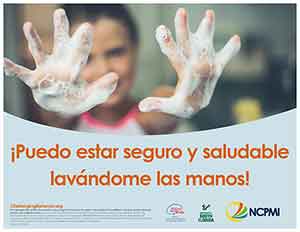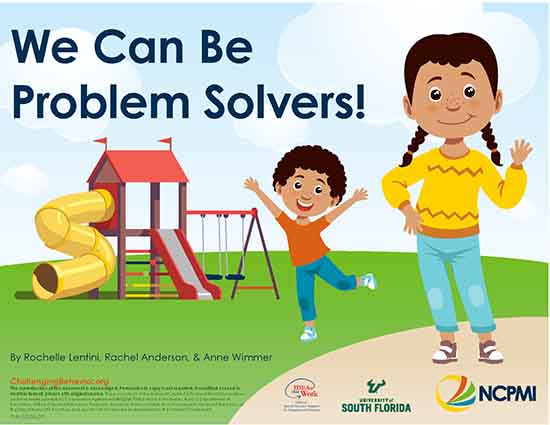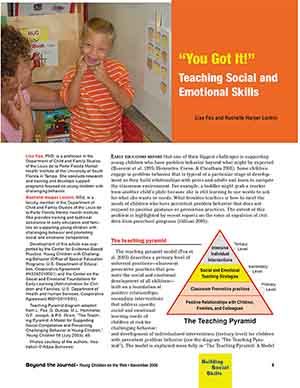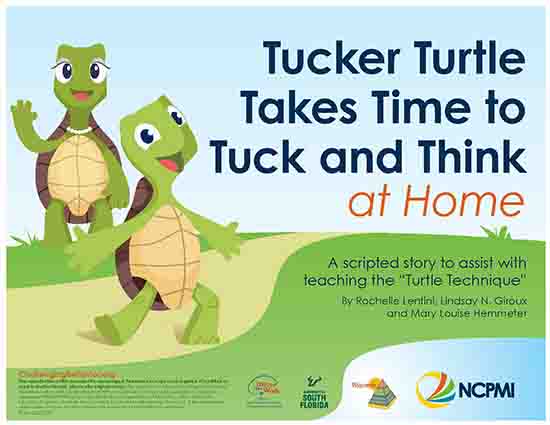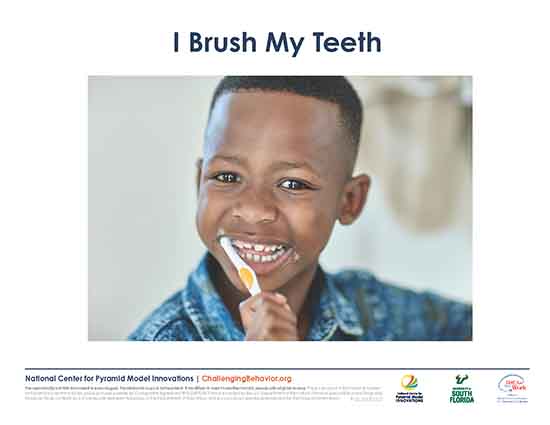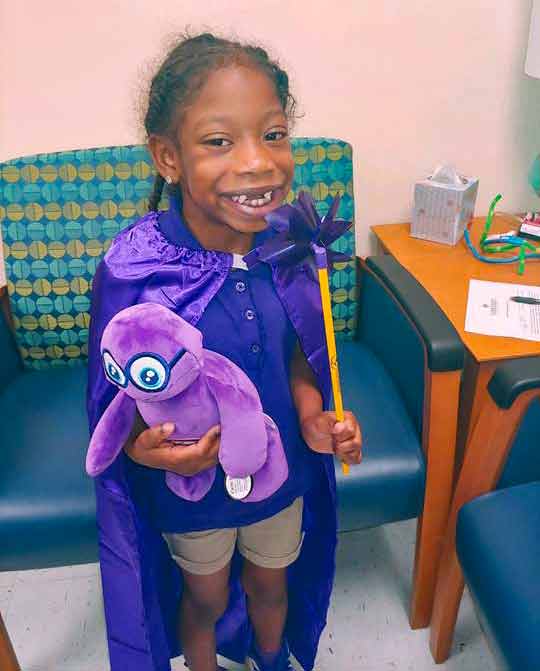
Tools, strategies, and tips for families, child life specialists, therapists, medical professionals, teachers, and counselors when guiding social skills, routines/schedules, emotions, and addressing challenging behavior for young children with chronic illness and their siblings.
We are grateful to the National Center for Pyramid Model Innovations for giving us permission to adapt and share many of their resources.
Pandemic Resources
Emotions
Medical Specific Resources
General Social Skills
Addressing Challenging Behavior
Routines and Schedules
Other Social Emotional Resources
PANDEMIC RESOURCES
EMOTIONS
Feeling Wheels
(Print and use resource)
Feeling Wheels
(Print and use resource)
Young Child
School Age Feeling Wheel
Book of Feelings and Problem solving
(Print and use resource)
Problem Solving Kits
Tucker Turtle problem-solving booklet
(Print and use visual wallet card)
Tucker Turtle Steps and Coping Clues
Helping Children Understand Emotions When Wearing Masks
(Print and use resource)
MEDICAL SPECIFIC RESOURCES
Bravery Badge Stickers
Stickers intended to encourage children with chronic illness to continue to be as brave as they possibly can through all their medical issues. As children accomplish such tasks as getting their first shot or having an infusion poke, their nurse may recognize their bravery with a Bravery Sticker.
(Print on Avery 94501 2” round stickers and use scripted story)
Puffy Learns to Be Brave for His Shots and You Can Too
(Print and use scripted story)
1, 2, 3…Blow (2 pages)
(Print and use. Page one can be used as a poster in clinic. Page 2 can be printed/cut and used to distribute to families to keep in wallet to use when needed with child.)
Shot Plan: I Want to Use…
(Print, laminate, add soft Velcro to squares and use with visual cue cards)
Numbing Choices
(Print, laminate, cut into individual cues and add rought Velcro to back. Use with Planning Poster.)
Belly Breathing Choices (2 pages)
(Print front-to-back, laminate, cut into individual cues and add rough Velcro to back. Use with Planning Poster.)
Activity Choices (2 pages)
(Print, laminate, cut into individual cues and add rough Velcro to back. Use with Planning Poster.)
Internal Thermometer Check
(Print, laminate, and use visual poster. Place soft Velcro on poster squares. Print, laminate, and cut feeling visual cues. Place rough Velcro on back. Use a clothespin to move up and down thermometer.)
Tucker Turtle problem-solving booklet
(Print and use visual wallet card)
Tucker Turtle Steps and Coping Clues
Power Pointers
(Tip Sheets)
A series of quick tip sheets on various topics such as medical self-advocacy, strengthening resiliency, communicating with young children, emotions, transitioning to adult care, supporting siblings, person-first language, and more.
“You Got It!”
Teaching Social and Emotional Skills
(Print and use resource)
By Lise Fox and Rochelle Harper Lentini
ADDRESSING CHALLENGING BEHAVIOR
ROUTINES and SCHEDULES
Making Life Easier Series
(Tip Sheets)
The “Making Life Easier” series of family friendly tips (in multiple languages) for making routines/events easier and even enjoyable.
Topics include: bedtime and naps, diapering, going to the doctor, holidays, and running errands
OTHER SOCIAL EMOTIONAL RESOURCES
Family Articles (playtime, biting, feelings, routines, cooperating with requests, emotions) in multiple languages.
(Tip sheets)
The Backpack Connection Series:
(Tip sheets)
A collection of one-page handouts, in multiple languages, for addressing challenging behavior, emotions, routines and schedules, and social skills such as:
- following directions, difficult behaviors (biting, hitting, pushing, whining, melt downs, etc.),
- feelings (fear, anger, disappointment, etc.),
- routines/schedules (bedtime, getting ready in morning, going from place to place, rules and expectations, etc.),
- social skills (sharing, getting attention, taking turns,).
Positive Solutions for Families:
Family Routine Guide
(Tip sheets)
Includes strategies for supporting young children during common family routines and activities such as:
- dressing/undressing,
- brushing teeth and hair
- meals/restaurants
- bedtime
- playing
- clean-up
- shopping
- doctor appointments
- taking meds/treatments
- and more.






